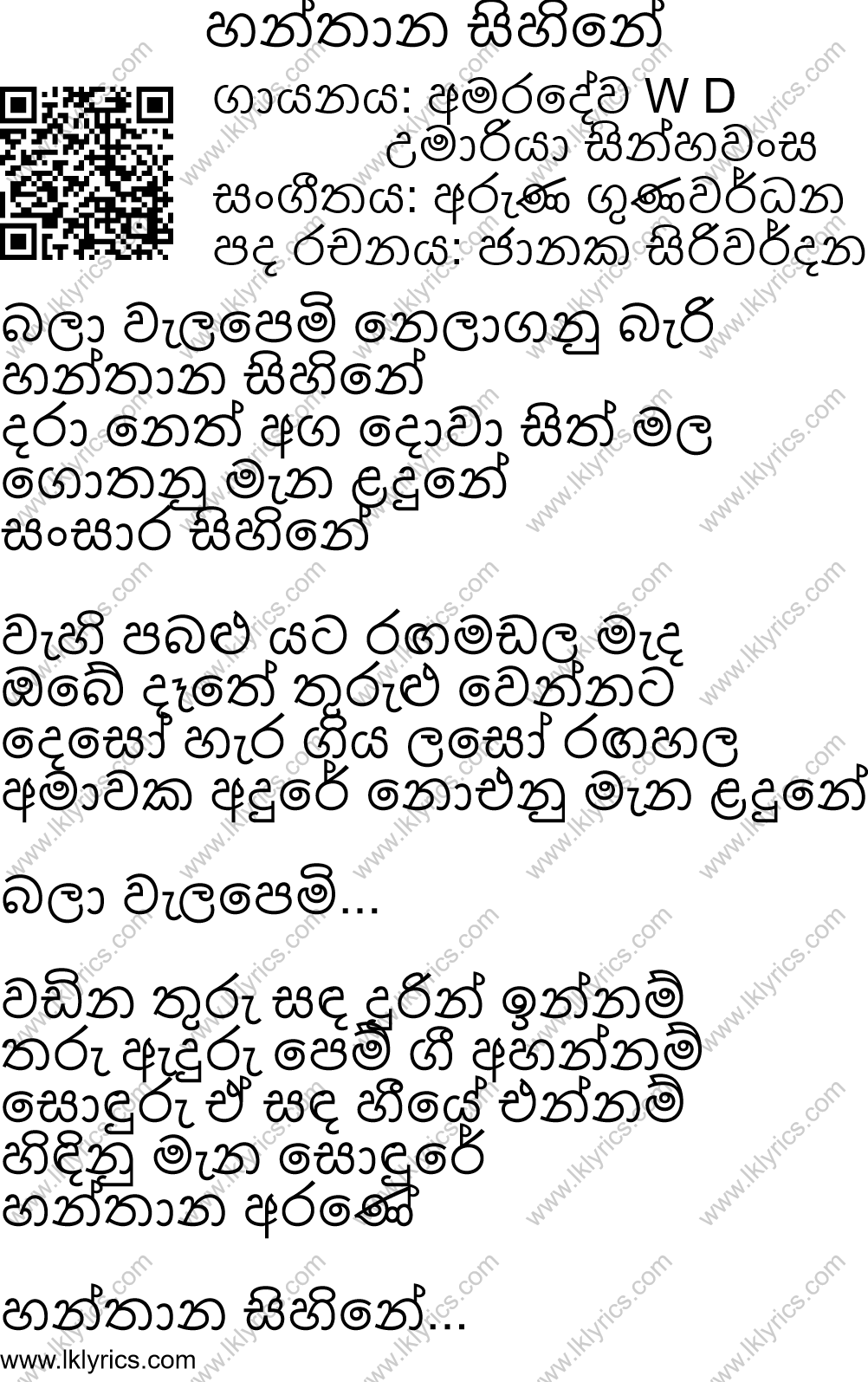


Perera was a Buddhist while Mendis was a Methodist bringing both Christian and Buddhist values and music traditions to the family.Amardeva was introduced to music at a young age by his father who crafted and repaired violins at Moratumulla Wadu Kaarmika Vidyalaya (Carpentry School).Įdiriweera Sarachchandra (Sri Lanka's foremost playwright and a close associate).During this time, Sri Lanka (then Ceylon) had only begun emerging as an independent nation, and the question of what Sri Lankan music was, was slowly being addressed with equal vigour by intellectuals, artists and the general public. Amaradeva in action.Amaradeva was born the youngest of seven children to a carpenter, Wannakuwatta Waduge Don Ginoris Perera, and Balapuwaduge Maggie Weslina Mendis at Janapriya Mawatha in Koralawella, Moratuwa. The University of Kelaniya conferred on him the Degree of Doctor of Philosophy (Fine Arts) Honoris Causa in 1991 and the University of Ruhuna and University of Peradeniya conferred on him the Degree of Doctor of Letters, Honoris Causa in 19In 1972, Pandit Amaradeva composed the music for the Maldivian National Anthem (Gaumii salaam) at the request of Maldivian Government.Early life and education.

Notably he still remains the most popular artist as confirmed by Nielsen Media Research findings He has also represented Sri Lanka in many forums including the UNESCO 1967 Manila Symposium.

In 2003 the French government awarded him the prestigious honour Ordre des Arts et des Lettres. Jayaratne and Sunil Edirisinghe.Pandit Amaradeva had been the recipient of numerous awards including the Philippine Ramon Magsaysay Award (2001), Indian Padma Sri Award (2002) and Sri Lankan 'President's Award of Kala Keerthi' (1986) and Deshamanya Award (1998). His work was vital in the creation of the sarala gee genre practised subsequently by artists like Sanath Nandasiri,Victor Ratnayake,T.M. In doing so, Amaradeva created a uniquely Sinhalese music style that stayed true to folk tradition while incorporating outside influences. Noting that it mostly revolved around a single melody, he decided to add verses that would lead up to the central melody which would now be a chorus thus forming two parts (unseen earlier in traditional Sri Lankan music) removing restrictions that had existed earlier. හෙළයේ මහා ගාන්දර්වයා).In the mid-1950s, Amaradeva in his Janagayana project consulted experts of the Kandyan dance tradition like Pani Bharata, Kiriganita, Gunamala, Ukkuva and Suramba in his path to understand what constituted Sinhala folk music.


 0 kommentar(er)
0 kommentar(er)
